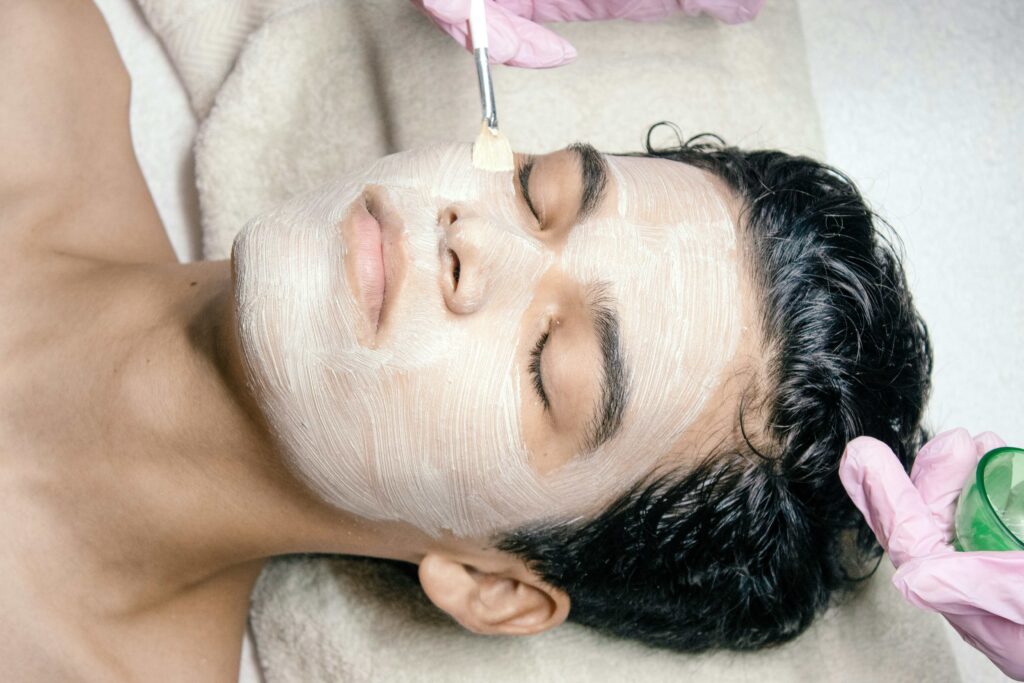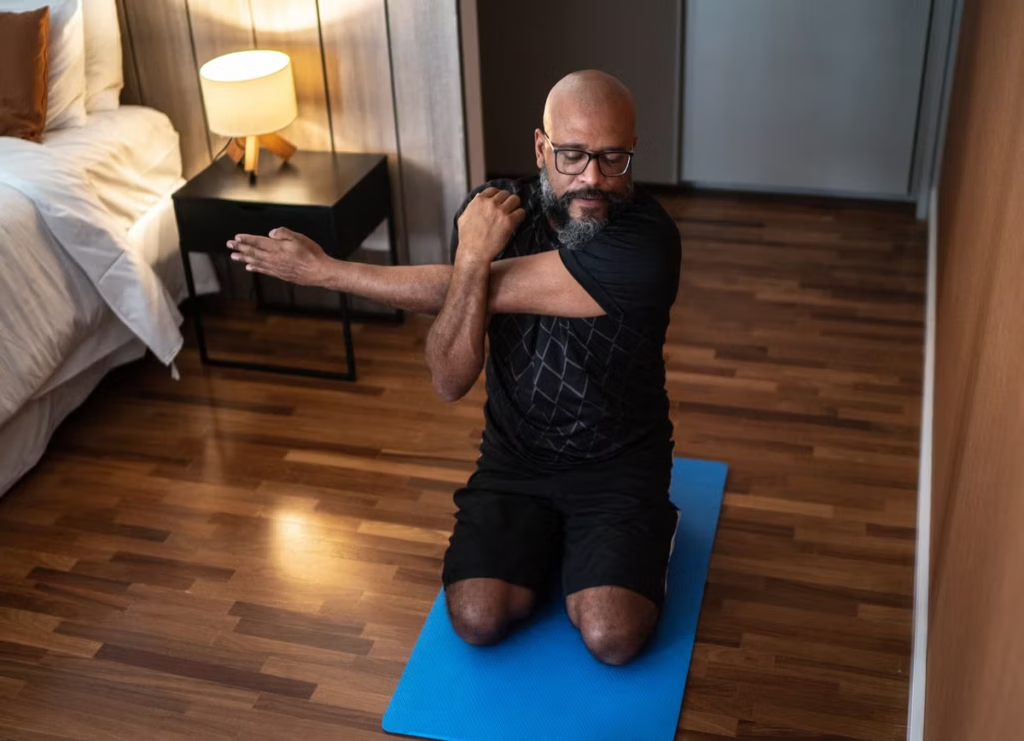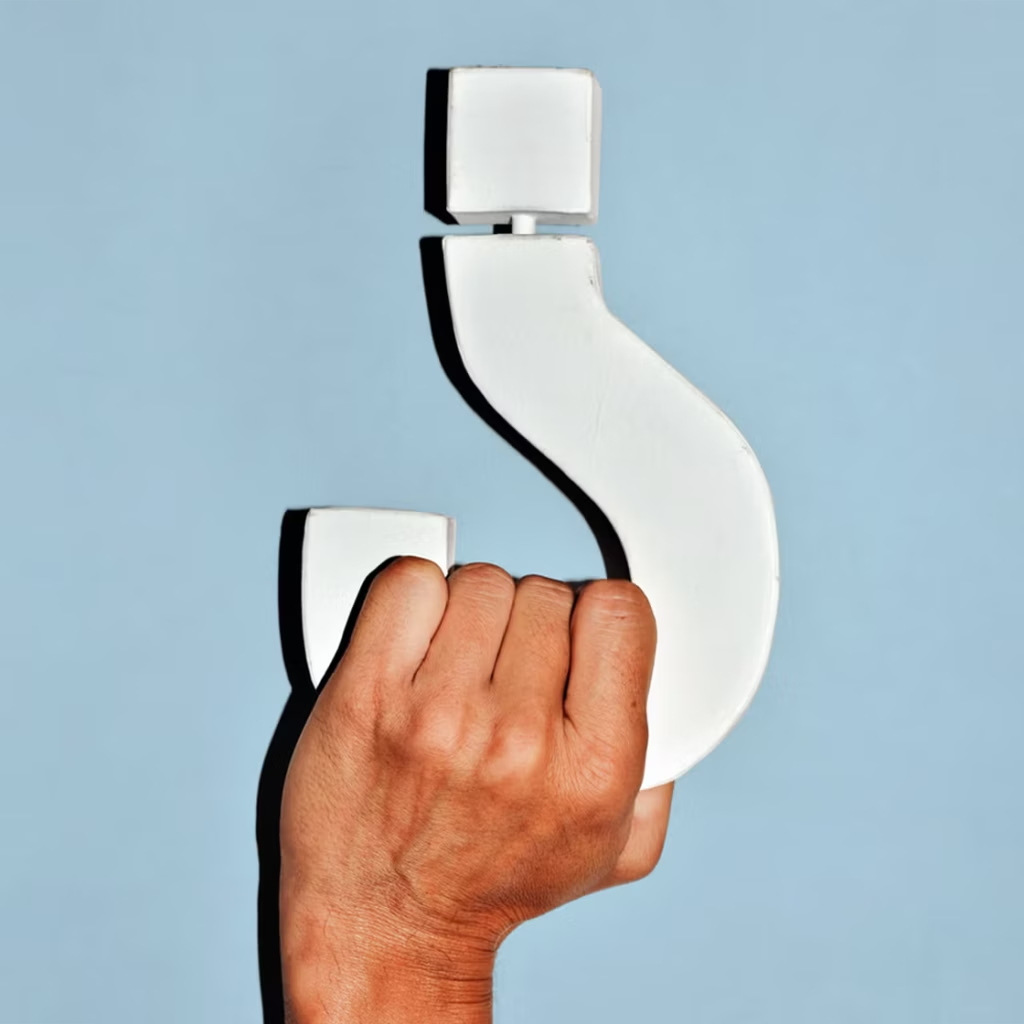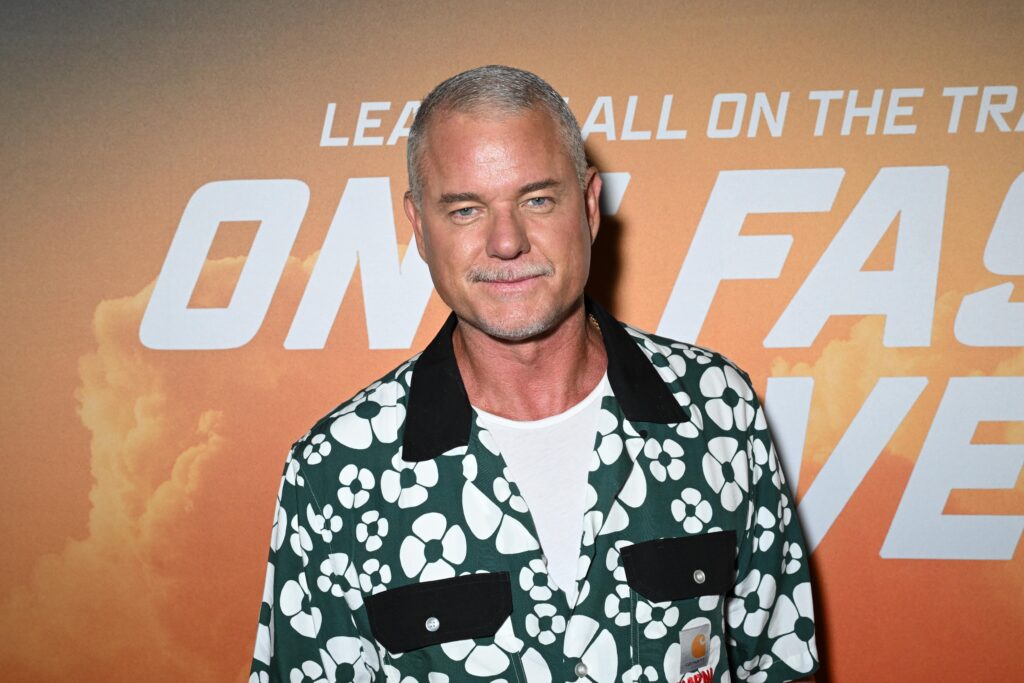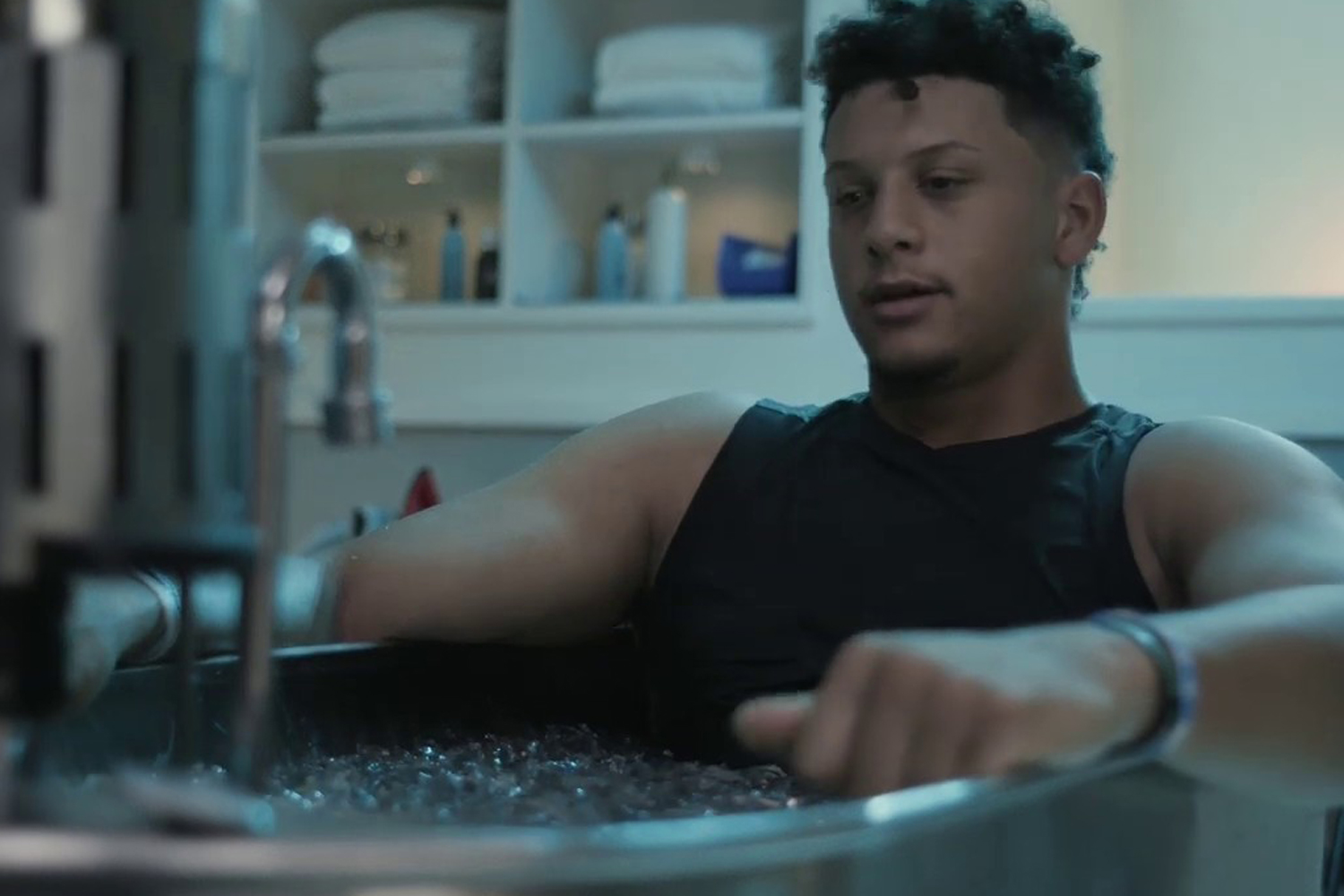TRUE: OUR BODIES need sunshine to survive. Also true: sun exposure is on the list of the 256 cancer-causing agents. So, how good for you is sunshine really?
The general conversation around sunshine typically centers on us getting too much of it. And, if you’ve ever forgotten to put on sunscreen at the beach, you know exactly why getting too much can be a bad thing.
But, a short sunbath boosts the body’s vitamin D supply—something our body needs to live. We spoke to experts about just how much sunlight you need.
Is sunshine good for you?
IT’S NOT EXACTLY the sunlight itself we need, but rather the vitamin D that is synthesized by our bodies when we come into contact with UV rays.
The vitamin is required for our bodies to absorb other nutrients, particularly calcium and phosphorus, both of which are vital in bone health. Without vitamin D, our bones would deteriorate.
Some preliminary studies show vitamin D’s effect in protecting against heart disease, some cancers, cognitive decline, and infections—but more research still needs to be done to prove these links.
Some pseudo-science has projected that sunshine can do even more than that. Tucker Carlson’s 2022 wellness “documentary,” The End of Men, told men to tan their balls in order to increase testosterone levels—a theory that doctors have debunked. “There is no scientific evidence supporting testicular tanning or red-light therapy to the scrotal skin,” Rena Malik, M.D., urologist and sexual health expert told MH.
And, that unprotected exposure can lead to serious health problems, especially when it occurs while sun is at its strongest—typically between the hours of 10 a.m. and 2 p.m., says Corey Hartman, M.D., dermatologist and MH advisor. It can cause permanent skin damage and premature aging, by breaking down collagen, the protein that is the primary building block of your skin, bones, and other tissues. This can cause discoloration and wrinkles.
Most notably, UV radiation is a carcinogen—meaning it’s known to cause cancer. It damages the DNA found in our skin cells, causing them to grow uncontrollably. It can also damage cells in the eyes, producing cataracts and worsening eyesight.
There’s been some misinformation spreading on social media that the chemicals in sunscreen cause skin cancer, with the recall of products containing chemical benzene at the focal point of the conversation. The benzene in these recalled products came from manufacturing errors, according to the University of Texas MD Cancer Center. That rare occurrence shouldn’t stop you from using sunscreen.
Most cases of vitamin D deficiency are due to lack of outdoor sun exposure, not the use of sunscreen. While research has found that sunscreen does inhibit the body’s uptake of UV rays, it might not matter in practical use. We don’t use “nearly enough” for it to make a substantial difference in our generation of vitamin D, says Hartman. “Vitamin D levels are actually not depleted in real life with sunscreen use as they [might be] in a laboratory setting.”
So, how much sunshine do you actually need?
HARTMAN SAYS YOU really only need about 20 minutes of sunlight (while still wearing sunscreen!) daily. That short stint of time is enough to provide a the vitamin D you need to obtain all of its health benefits.
This article originally appeared on Men’s Health US.








